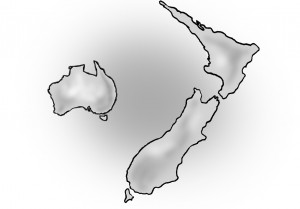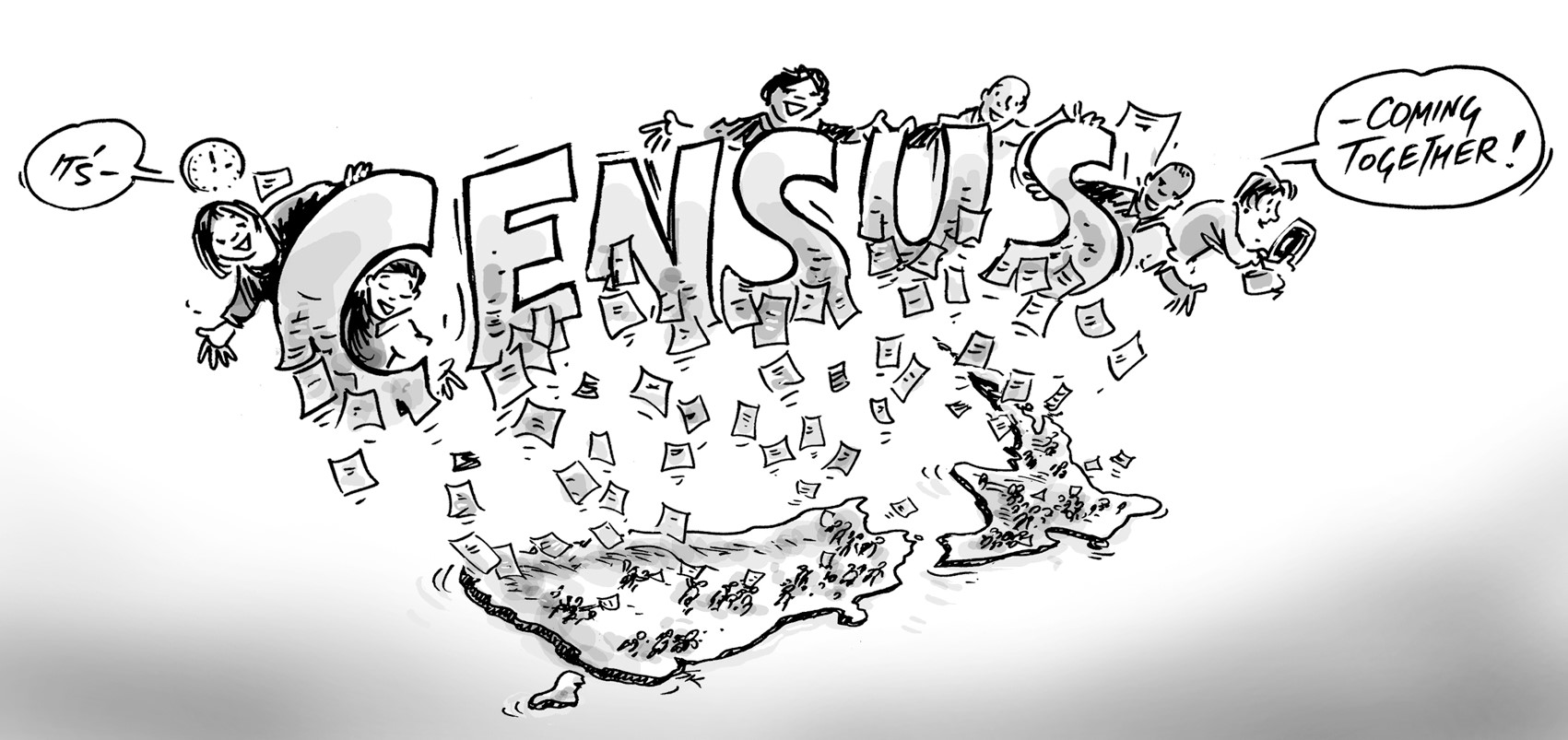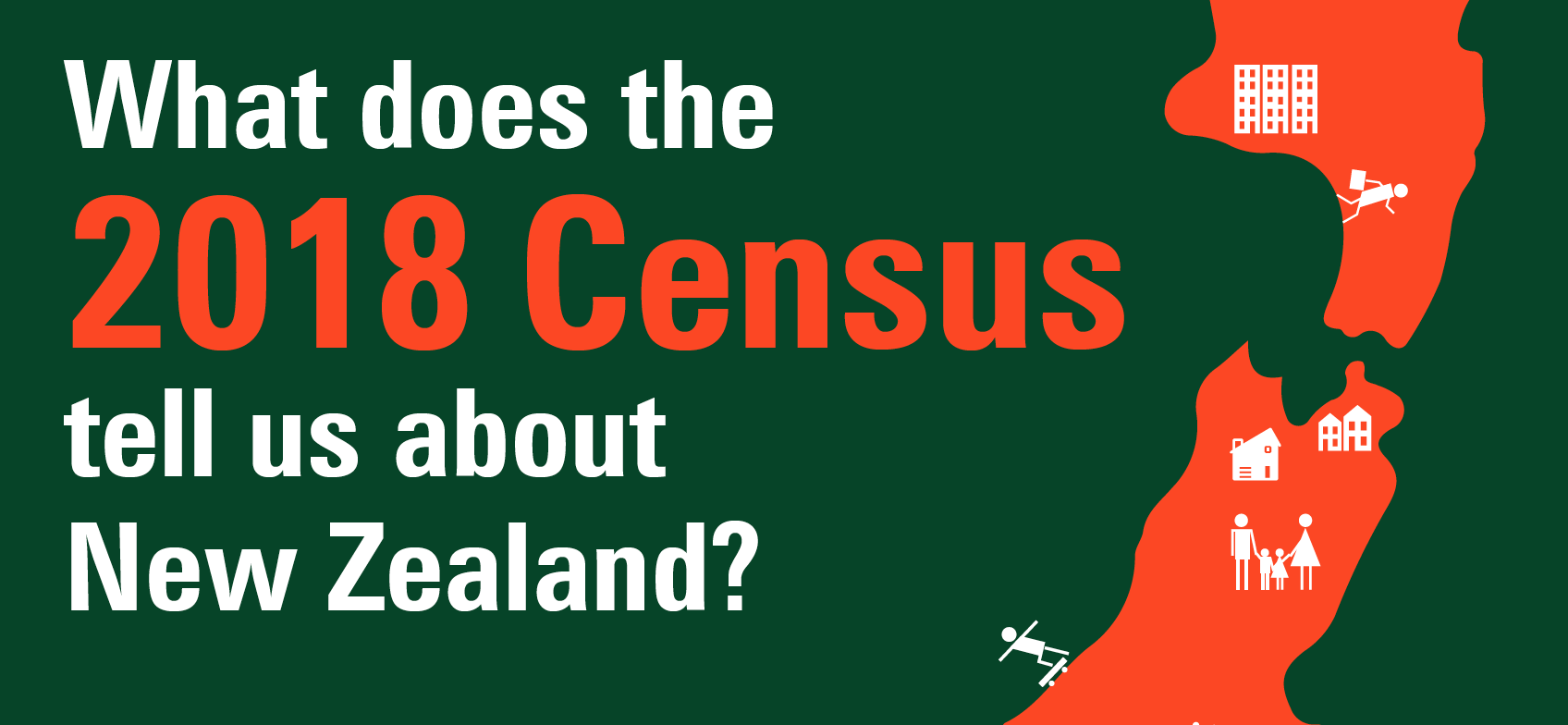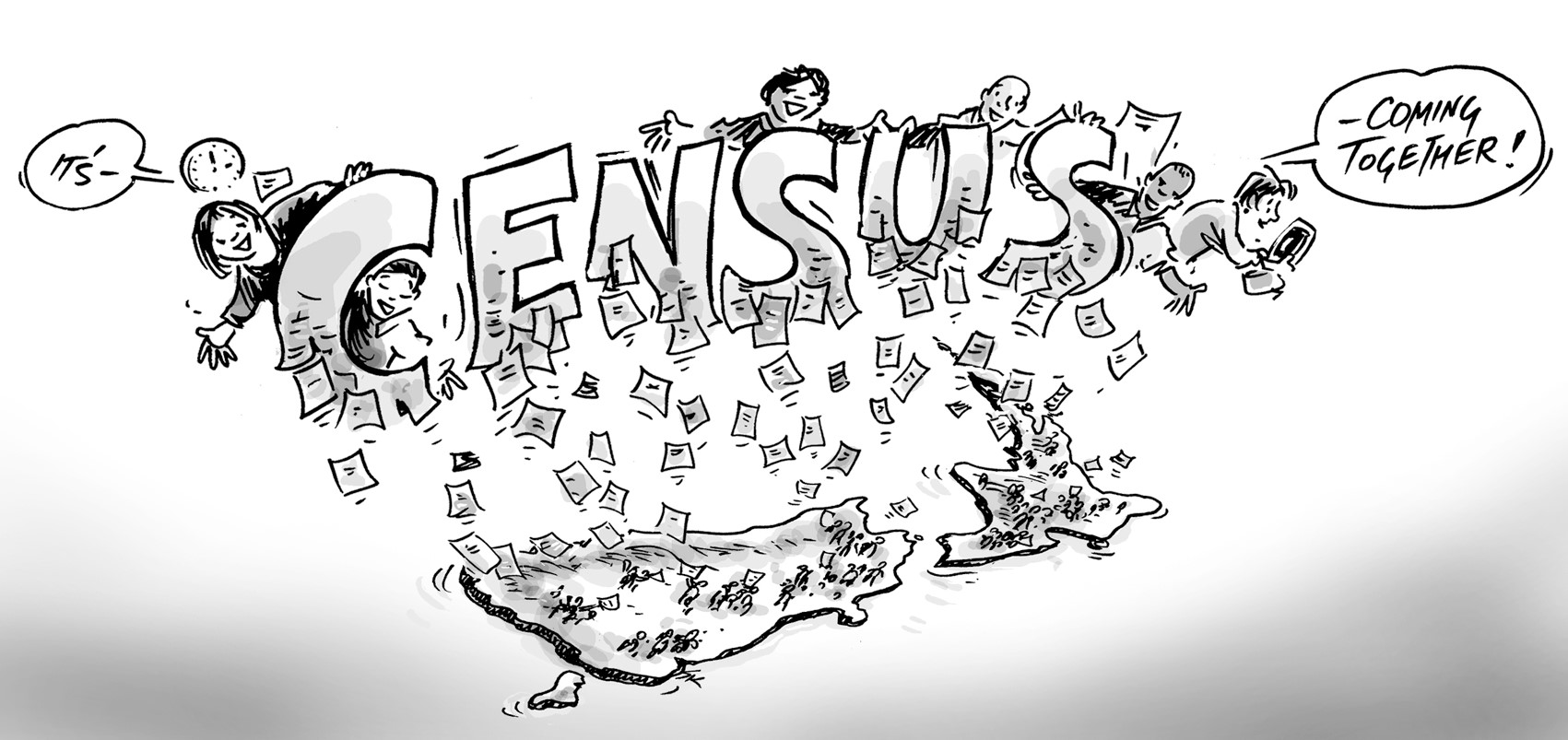Local government in New Zealand is on the verge of reform … again. The recent Better Local Government proposals are poised to potentially transform the role and shape of councils. But change is not a new thing for Kiwi councils.

The evolution of local government over the last century and a half has often been awkward, and seldom flowing or direct.
The early British settlers brought local government to New Zealand in the 19th century. Settlers in Wellington formed the first fledgling councils before the Treaty of Waitangi was even signed. However, the process ultimately stalled because in the early years of New Zealand’s colonisation most settlements were simply too small to support effective self-government. Additionally the New Zealand Wars (sometimes called the Land Wars), spanned the period between 1845 and 1872 kept the matter of peace foremost in the minds of settlers and the then governing body, the Colonial Office.
It took until 1852 for a structure of provincial government to be established in New Zealand. Provincialism stumbled along until 1875 when the provinces were disbanded and a system of local government was legislated for. The subsequent evolution from provincialism to town government witnessed the establishment of 63 counties and as peace was sustained and the population grew, local government turned to the pressing issues of infrastructure.
Ironically, Local Government today is eerily similar in some ways to councils in that very different time 137 years ago. The population has gone from 299,514 in the 1874 census to 4,026,947 in the 2006 census, or an estimated 4.43 million at June 2012.
Yet the number of councils is similar. In 1875 there were the 63 counties. Today the NZ local government sector consists of 11 regional councils, 61 territorial authorities and six unitary councils (combining territorial and regional council responsibilities), and these numbers are likely to reduce with amalgamations in the wind.
To learn more about some of New Zealand’s local government areas, visit .id’s demographic resource centre.












